Understanding Substation:
Electrical Substation play a crucial role in the system. They serve as the vital link between power generation and the end-users, ensuring that electricity is delivered safely and efficiently. Understanding substations, their components, and their significance can help clarify this essential aspect of modern infrastructure.
What is a Power Substation?
A Power substation is a facility that transforms voltage from high to low or vice versa, allowing electricity to be transmitted over long distances and distributed to homes and businesses. These facilities are equipped with various components, including transformers, circuit breakers, and switchgear, which work together to manage the flow of electricity. Substations play a crucial role in the electrical grid, ensuring that power generated from various sources, can be efficiently delivered to consumers while maintaining the stability and reliability of the power supply.
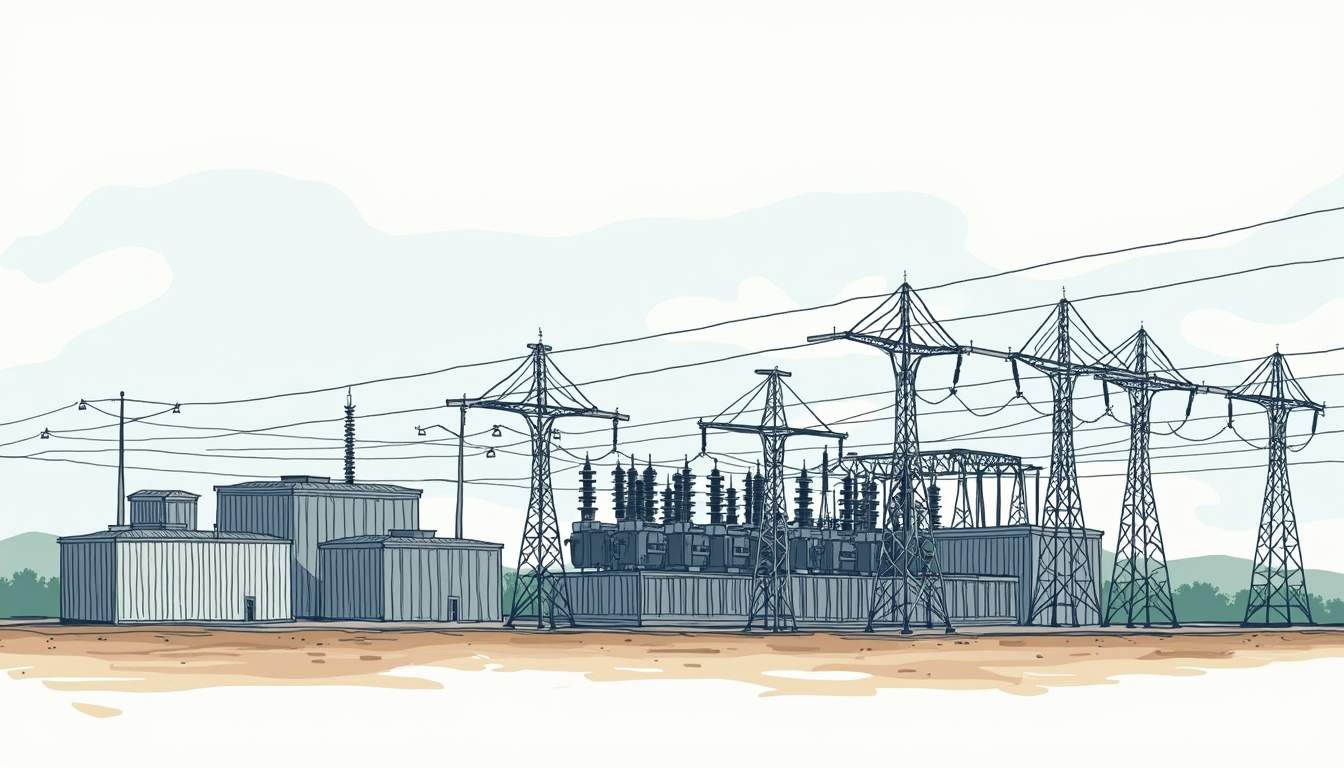
Types of Substations
Substations can be categorized into different types based on their functions and configurations. The most common types include:
-
- Transmission Substations: These are located near power plants and are responsible for stepping up voltage for long-distance transmission. They help minimize energy loss during transit, which is critical for maintaining efficiency in the power grid.
-
- Distribution Substations: These substations step down voltage for local distribution to consumers. They are often situated closer to populated areas and play a vital role in delivering electricity to homes and businesses, ensuring that the voltage is at a safe and usable level.
-
- Switching Substations: These do not change voltage levels but are used to switch connections between different transmission lines. They facilitate the rerouting of electricity in case of maintenance or outages, enhancing the reliability of the power supply.
Components of a Substation
Understanding the main components of a substation is essential to grasp its functionality. Key components include:
1.Transformers: These devices change the voltage of electricity to facilitate efficient transmission and distribution. They are designed to handle high voltages and are often cooled by oil or air to prevent overheating.
2. Switchgear: This equipment controls, protects, and isolates electrical equipment to ensure safety and reliability. It includes circuit breakers and fuses that can interrupt the flow of electricity during faults, preventing damage to the system.
3.Busbars: Conductors that serve as a common connection point for multiple circuits within the substation. They are critical for distributing electricity to various outgoing feeders and ensuring that power can be rerouted as needed.
In addition to these components, substations may also include protective relays, which monitor electrical parameters and detect abnormalities, allowing for quick responses to potential issues.
The Difference between Substation and Grid Station
Substation may have one or more step down transformers and it connects a consumer to the network. while Grid Station is an interconnection point between two transmission line circuits( Ring system), those are serving/connecting two geographic regions.
The Purpose of Substation
The primary purpose of substations is to ensure the of electricity from power plants to consumers. They perform several critical functions that contribute to the overall efficiency and safety of the electrical grid.

Voltage Transformation
One of the main functions of substations is voltage transformation. High voltages are used for long-distance transmission to minimize energy loss. Substations step down this high voltage to a safer level suitable for distribution to homes and businesses. Conversely, they can also step up voltages for efficient transmission from generation points to distribution networks. This dual capability is essential for adapting to the varying demands of electricity consumption throughout the day, ensuring that energy is delivered where and when it is needed most.
Grid Stability and Reliability
Substations play a vital role in maintaining the stability and reliability of the electrical grid. By monitoring and controlling the flow of electricity, they help prevent overloads and outages. In the event of a fault or failure, substations can isolate affected areas, ensuring that the rest of the grid remains operational. This isolation is achieved through advanced circuit breakers and protective relays that automatically detect faults and disconnect problematic sections, thereby safeguarding both infrastructure and consumers from potential damage.
Integration of Renewable Energy Sources
With the increasing integration of renewable energy sources like solar and wind into the power grid, substations are becoming more important than ever. They facilitate the connection of these distributed energy resources to the grid, allowing for a more resilient and sustainable energy system.
Enhancing Safety Measures
In addition to their operational functions, substations are designed with various safety measures to protect both personnel and the surrounding environment. This includes the installation of fencing, surveillance systems, and controlled access points to prevent unauthorized entry. Furthermore, substations are often equipped with fire suppression systems and oil containment measures to mitigate the risks associated with electrical fires or leaks from transformers.
Community Engagement and Environmental Considerations
Substations also play a role in community engagement and environmental responsibility. As energy providers look to expand and upgrade their infrastructure, they often engage with local communities to address concerns and gather input. This collaborative approach helps to ensure that substations are designed and located in ways that minimize their impact on the environment and local ecosystems.
The Importance of Substations
Substations are not just functional entities; they are critical to the overall health of the electrical infrastructure. Their importance can be highlighted in several key areas.
Economic Efficiency
Efficient power transmission and distribution are vital for economic growth. Substations reduce energy losses during transmission, which can lead to lower electricity costs for consumers. By optimizing the flow of electricity, substations help ensure that energy resources are used effectively, contributing to overall economic efficiency.
Environmental Impact
Substations also play a role in minimizing the environmental impact of electricity generation and distribution. By facilitating the integration of renewable energy sources, they help reduce reliance on fossil fuels. Furthermore, efficient substations can lead to lower greenhouse gas emissions, contributing to a cleaner environment.
Safety and Security
Safety is paramount in the electrical industry, and substations are designed with numerous safety features. They help prevent electrical accidents and ensure that the power supply is secure. Additionally, modern substations are equipped with advanced monitoring and control systems, enhancing their ability to respond to emergencies and potential threats.
Design and Construction of Substations
The design and construction of substations involve careful planning and consideration of various factors, including location, capacity, and environmental impact. Each substation is tailored to meet specific requirements based on the electrical load and the surrounding infrastructure.
Site Selection
Choosing the right location for a substation is critical. Factors such as proximity to power generation sources, existing infrastructure, and environmental considerations must be taken into account. A well-chosen site can enhance the efficiency of electricity distribution and reduce potential impacts on the surrounding community.
Engineering and Design
The engineering and design process involves creating detailed plans and specifications for the substation. This includes selecting appropriate equipment, determining layout, and ensuring compliance with safety regulations. Engineers must consider factors such as load capacity, future expansion, and environmental sustainability in their designs.
Construction Process
Once the design is finalized, the construction process begins. This involves site preparation, installation of equipment, and connection to the existing electrical grid. The construction phase requires careful coordination among various stakeholders, including contractors, utility companies, and regulatory bodies, to ensure that the project is completed on time and within budget.
Challenges Facing Substations
Despite their importance, substations face several challenges that can impact their efficiency and reliability. Addressing these challenges is crucial for maintaining a robust electrical infrastructure.
Aging Infrastructure
Many substations are aging and require upgrades or replacements to meet modern standards. Aging equipment can lead to increased maintenance costs and a higher risk of failures. Utility companies must invest in infrastructure improvements to ensure continued reliability and safety.
Cybersecurity Threats
As substations become more interconnected and reliant on digital technologies, they are increasingly vulnerable to cybersecurity threats. Protecting these critical assets from cyberattacks is essential to maintaining the integrity of the electrical grid. Utilities must implement robust cybersecurity measures to safeguard their systems and data.
Environmental Regulations
Substations must also navigate a complex landscape of environmental regulations. Compliance with these regulations can add time and cost to the construction and operation of substations. Balancing the need for efficient power distribution with environmental protection is an ongoing challenge for utility companies.
The Future of Substations
The future of substations is likely to be shaped by advancements in technology and changing energy demands. As the world moves towards a more sustainable energy future, substations will play a pivotal role in facilitating this transition.
Smart Grid Integration
Smart grid technology is revolutionizing the way electricity is managed and distributed. Substations are becoming smarter, equipped with advanced monitoring and control systems that enhance their efficiency and reliability. These technologies enable real-time data analysis, allowing for better decision-making and faster response to outages.
Increased Use of Renewable Energy
As the demand for renewable energy sources continues to grow, substations will need to adapt to accommodate these changes. This may involve upgrading existing infrastructure to handle variable energy inputs from sources like solar and wind. The integration of energy storage systems will also be crucial for balancing supply and demand.
Resilience and Adaptation
With the increasing frequency of extreme weather events, the resilience of substations is more important than ever. Future designs will likely focus on enhancing the ability of substations to withstand adverse conditions, ensuring that electricity delivery remains uninterrupted during emergencies.
Conclusion
Substations are integral to the functioning of the electrical power system, serving as the critical link between generation and consumption. Their purpose extends beyond mere voltage transformation; they ensure the reliability, safety, and efficiency of electricity delivery. As technology continues to evolve, substations will adapt to meet the changing needs of society, playing a vital role in a sustainable energy future.

Understanding substations is essential for appreciating the complexities of the electrical grid and the importance of maintaining and upgrading this vital infrastructure. As the demand for electricity grows and the energy landscape shifts, the role of substations will only become more significant in ensuring a reliable and resilient power supply for all.
Expand your Knowledge on Substation Faults
Now that you understand the critical role of substations in our electrical infrastructure, it’s important to recognize the challenges they face, including various faults that can disrupt their operation. At Substation Faults, we provide a wealth of information on identifying, troubleshooting, and preventing these issues. If you’re a practical engineer looking to enhance your expertise in substation reliability and efficiency, we invite you to at our comprehensive guide on electrical substation faults.
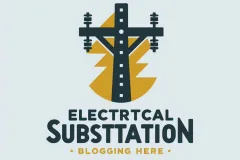
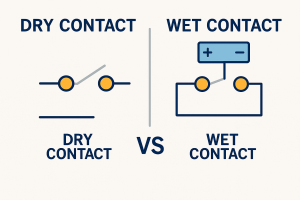
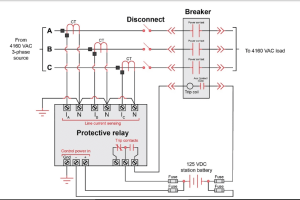
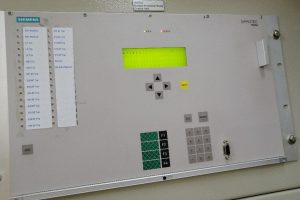

3 Comments
substationfaults.com
substationfaults.com
substationfaults.com
substationfaults.com